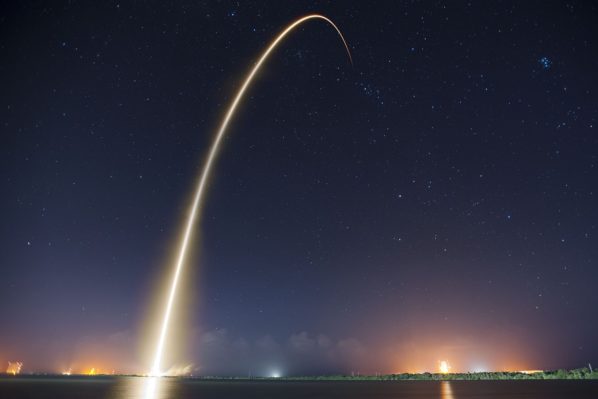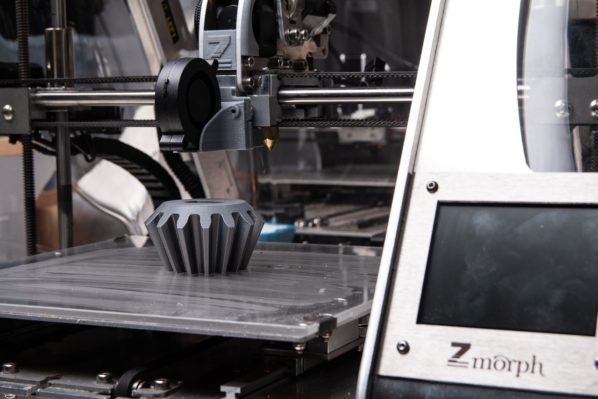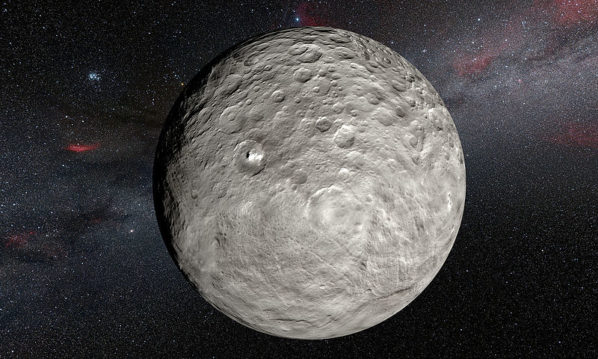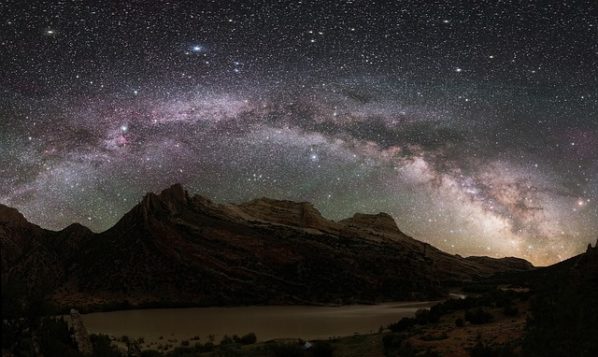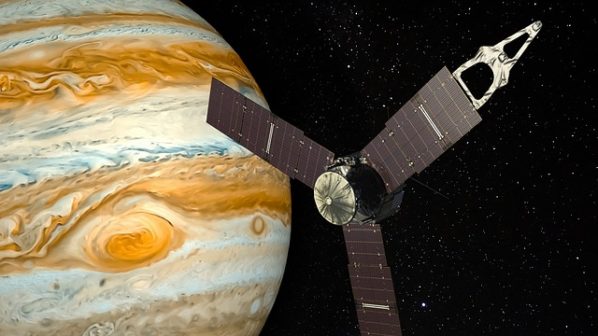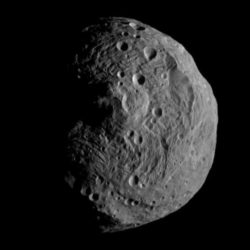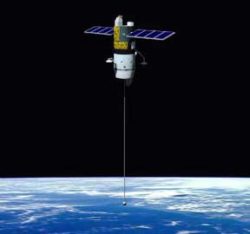How Do Spacecraft Withstand Re-Entry into Earth’s Atmosphere?
If you’re lucky when you look up in the sky at night, you might see a shooting star. As you’re making your wish, what you’re actually seeing is a small piece of rock or space junk burning up in the atmosphere. The friction of re-entry causes the shooting star to ignite and burn, which is why you see a brief flash of light.
What Are The Benefits of 3D Printing in Space?
Will 3D printers be commonplace in space? What are the benefits of 3D printing in space and will we see more of it in the future? Learn more!
A Good Time to Observe Dwarf Planet Ceres
On March 21, we have a great opportunity to observe the dwarf planet Ceres. It will be at opposition, which means it will reach the highest point in the sky at around midnight and opposite to the Sun. At the same time Ceres will be closest to the Earth (perigee) at a distance of 1.59 AU. At this time it will be the brightest, with an apparent magnitude of 6.9. Look in the constellation of Coma Berenices with binoculars or a telescope.
The ESA Just Released the Most Comprehensive Image of the Milky Way
ESA's Gaia spacecraft reveals the largest image of the Milky Way with 1.7 billion stars, aiding astronomers in studying galaxy formation and evolution.
NASA Will Soon Decide If Changing Juno’s Course is Best
Jupiter is named after the king of the Roman gods, and with its massive size, it definitely holds the title of king of the Solar System. NASA's Juno spacecraft entered orbit around the gas giant in July of 2016. Due to a problem with the craft's propulsion system, NASA is currently debating whether changing Juno's course is the best option. What is Juno looking for out there among the stars?
Astronomy Picture of the Week – Vesta from Orbit by Dawn Spacecraft
Explore Vesta, the second largest asteroid in the belt, in this captivating photo by the Dawn spacecraft. Get ready for a year of intriguing discoveries!
Non-Rocket Spacelaunch – Tether propulsion
Tether propulsion consists in using long, very strong cables (known as tethers) to change the velocity of spacecraft and payloads. The tethers may be used to initiate launch, complete launch, or alter the orbit of a spacecraft. This form of propulsion would be significantly less expensive than spaceflight using modern rocket engines.

